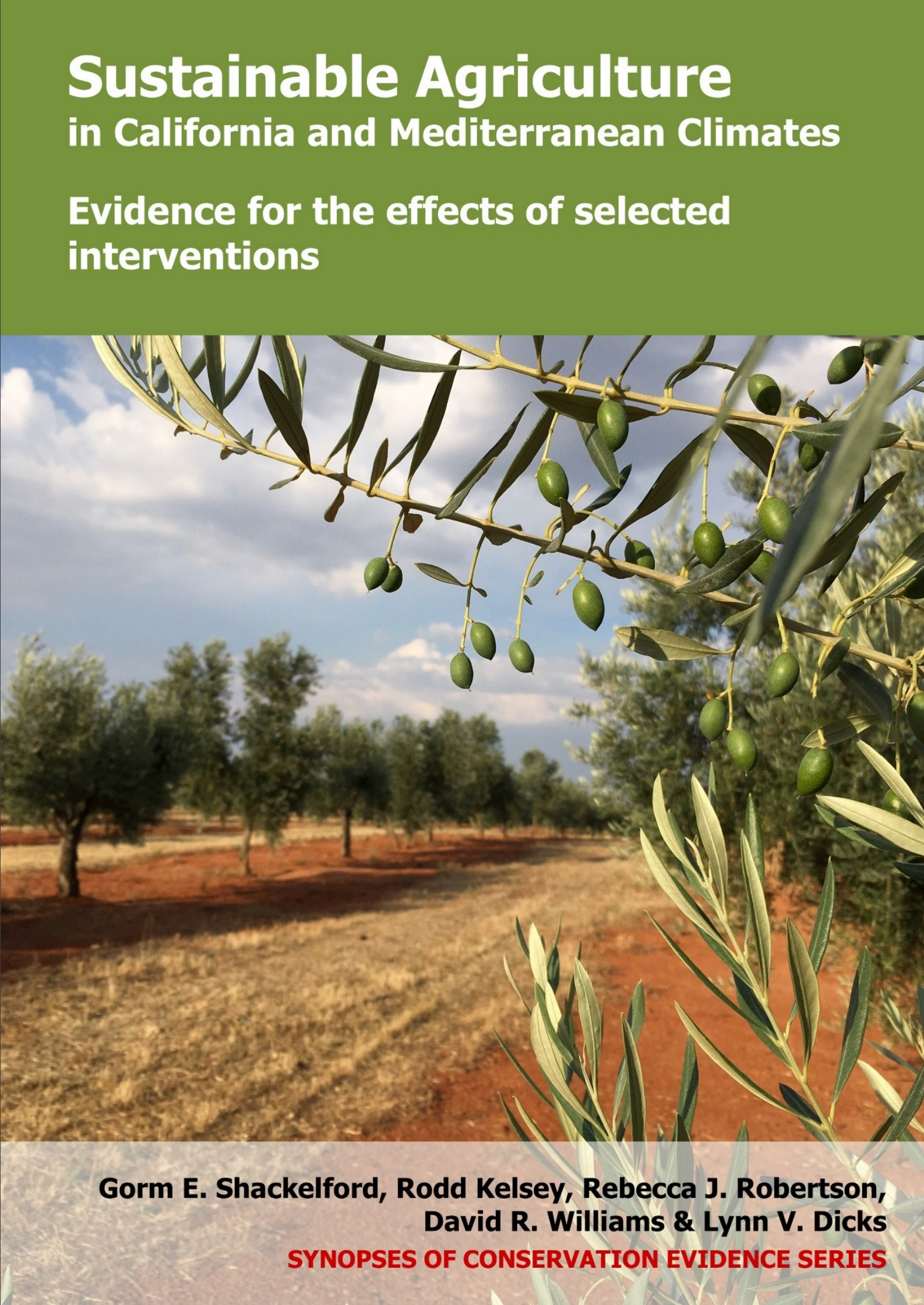Crop production: Plant flowers
-
Overall effectiveness category Unknown effectiveness (limited evidence)
-
Number of studies: 3
View assessment score
Hide assessment score
How is the evidence assessed?
-
Effectiveness
60% -
Certainty
20% -
Harms
30%
Study locations
Supporting evidence from individual studies
A replicated, randomized, controlled study in 2008–2009 in a lettuce field in Salinas, California, USA, found smaller lettuces in fields with planted flower strips, compared to fields without planted flower strips. Implementation options: When lettuce plants were removed to make space for sweet alyssum Lobularia maritima flower strips, and alyssum was planted perpendicular rather than parallel to lettuce rows, lettuces were not significantly smaller than lettuces in monocultures without flower strips (50 g/head). In five other configurations, lettuces were smaller than in monoculture (38–44 vs 50 g/head). Methods: Eight plots (1 x 10 m) in each of four blocks were planted with a lettuce monoculture (control) or a combination of lettuce and alyssum (replacement or addition, in different configurations).
Study and other actions testedA replicated, controlled study in 2013 in coriander plots near Madrid, Spain, found higher seed set and seed weight in coriander next to planted flower strips, compared to coriander next to unplanted field margins. Crop yield: Seed set and seed weight were higher in coriander next to flower strips, compared to coriander next to unplanted margins (28–29% vs 18% seed set/umbel; 2.1–2.5 vs 1.0 g seed/plant). Implementation options: Similar seed set and seed weight were found in coriander next to flower strips with one flower species, compared to six flower species (28% vs 29% seed set/umbel; 2.1 vs 2.5 g seed/plant). Methods: Potted coriander plants were transplanted into the field on 1 May 2013, one month before flowering. Fifteen pots were buried 1.5 m from three field margins with one flower species (Diplotaxis tenuifolia), three margins with six flower species, or three unplanted margins (135 pots total). All margins were 1.5 x 15 m. Flowers were planted in autumn 2012.
Study and other actions testedA replicated, randomized, controlled study in 2011–2012 in an organic tomato field near Pisa, Italy, found more and bigger tomatoes on plants grown next to some combinations of planted flower species, compared to other combinations, or compared to bare ground. Crop yield and Implementation options: The most and biggest fruits were found in 2011 on Roma tomato plants grown next to flower strips with three species (140 fruits/plant; 195 g dry biomass/fruit), which had more and bigger fruits than those grown next to bare ground (55 fruits/plant; 50 g dry biomass/fruit) or next to flower strips with either six or nine species (40–65 fruits/plant; 35–40 g dry biomass/fruit). The number of fruits/plant varied with the number of flower species/strip (three/strip: 35–140 fruits/plant; six/strip: 40–95; nine/strip: 35–50; bare ground: 30–55), as did fruit biomass (three/strip: 35–195 g dry biomass/fruit; six/strip: 35–70; nine/strip: 40–65; bare ground: 35–50), but not all differences were significant in both years (2011–2012), or both tomato varieties (Roma and Perfect Peel). Methods: Four treatments were compared: three flower species/strip (Apiaceae species), six species/strip (three Apiaceae and three Fabaceae), nine species/strip (three Apiaceae, three Fabaceae, and three others), and a control strip with no flowers. Three strips/treatment were sown with flower seeds (2011: 6 and 21 June; 2012: 13 and 17 June). Each flower strip (2 x 4 m) was positioned between two tomato plots (4 x 10 m/plot; one Roma plot and one Perfect Peel plot). Number of fruits/plant was assessed for five plants/plot and dry biomass was assessed for four fruits/plant.
Study and other actions tested
Where has this evidence come from?
List of journals searched by synopsis
All the journals searched for all synopses
This Action forms part of the Action Synopsis:
Mediterranean Farmland
Mediterranean Farmland - Published 2017
Mediterranean Farmland synopsis





)_2023.JPG)














